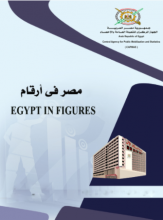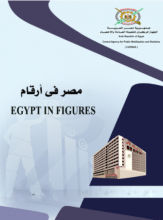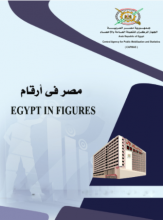Macroeconomy
The UAE’s Union Law 10 of 1980 stresses that one of the major tasks of the Central Bank of the United Arab Emirates is to “support the currency, maintain its stability and ensure its free convertibility into foreign currencies”. In practice, this has translated into the adoption of a fixed dollar/dirham exchange rate, which essentially implies a passive approach to foreign exchange intervention. Liquidity is balanced through the use of tools such as Certificates of Deposit (CDs), both conventional and Islamic, as well as dollar/dirham swaps. These tools help to sterilise excess liquidity and to provide liquidity during times of market stress. Recent experiences and challenges suggest that these tools have served the UAE well, but as debt and trade flows enlarge, a more proactive approach may be required in regulating liquidity within the UAE financial system.
View PDF
Related Topics
-
Egypt in Figures - Population 2022
2022"Egypt in Figures" is a booklet issued each year by the Central Agency for Public Mobilization and Statistics (CAPMAS). It contains the most...Read More -
Egypt in Figures - Education 2022
2022"Egypt in Figures" is a booklet issued each year by the Central Agency for Public Mobilization and Statistics (CAPMAS). It contains the most...Read More -
Egypt in Figures - Economy 2022
2022"Egypt in Figures" is a booklet issued each year by the Central Agency for Public Mobilization and Statistics (CAPMAS). It contains the most...Read More


